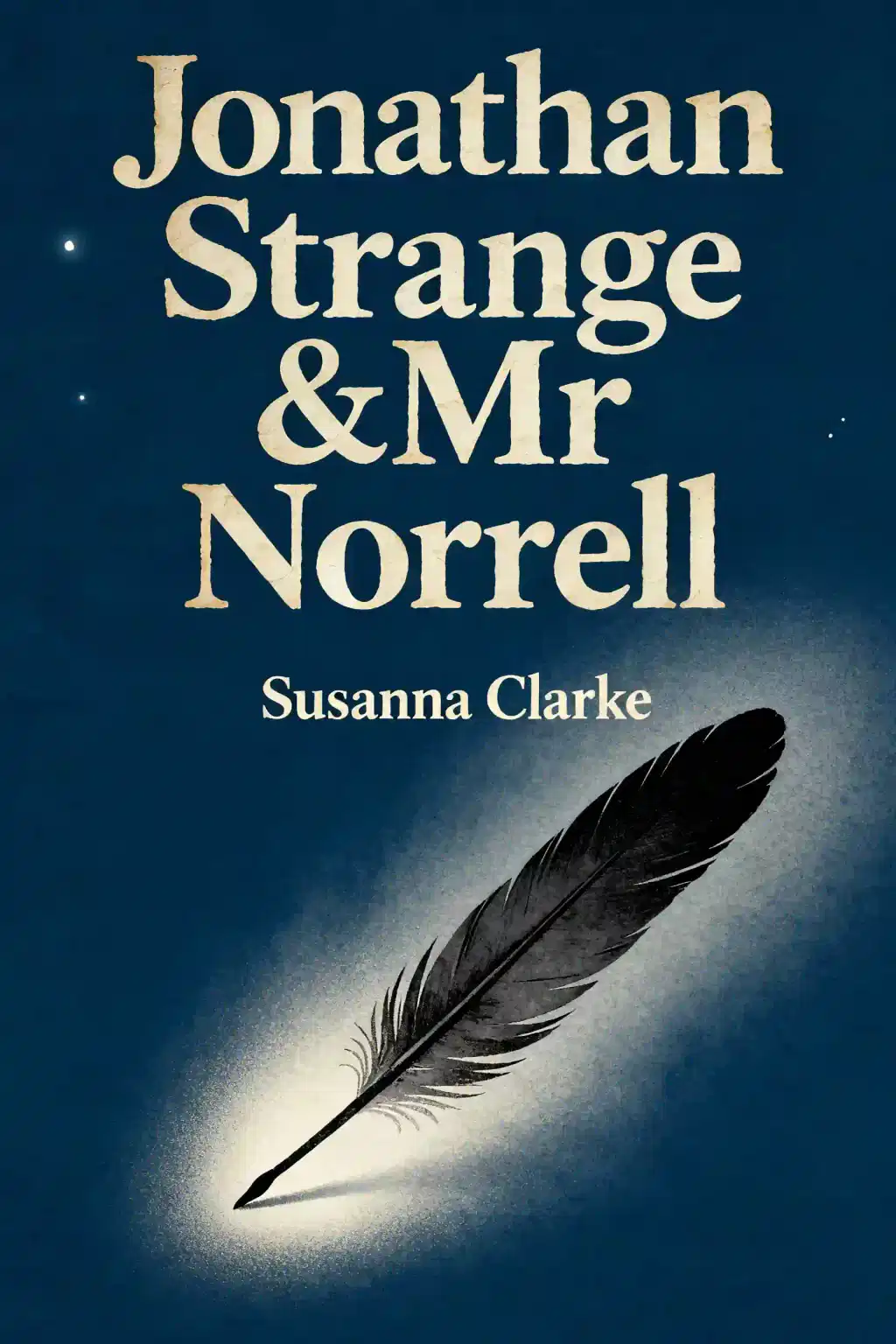What is
A Million Years in a Day about?
"A Million Years in a Day" by Greg Jenner explores the hidden history of everyday routines, from brushing teeth to walking the dog, tracing their origins across millennia. Structured around a single modern Saturday, it blends humor and pop culture references to reveal how Stone Age habits evolved into today’s rituals, using global archaeological and historical evidence.
Who should read
A Million Years in a Day?
History enthusiasts, trivia lovers, and casual readers who enjoy witty, accessible storytelling. Jenner’s lighthearted approach makes it ideal for fans of Horrible Histories or anyone curious about the surprising origins of mundane activities.
Is
A Million Years in a Day worth reading?
Yes—it’s a hilarious and informative deep dive into the quirks of human behavior. Jenner’s playful tone and knack for uncovering bizarre historical anecdotes (like Roman trash habits or Victorian toilet trends) make complex history feel relatable and engaging.
What historical periods does
A Million Years in a Day cover?
The book spans from the Stone Age to modern times, examining topics like ancient Egyptian grooming, Medieval sleep patterns, and 19th-century sanitation. Each chapter focuses on a daily activity, weaving together global examples to create a cohesive timeline.
How does Greg Jenner’s background influence the book?
As the historical consultant for Horrible Histories and host of the You’re Dead To Me podcast, Jenner combines academic rigor with comedic flair. His expertise in making history accessible shines through in witty footnotes and pop culture parallels.
What are the key themes in
A Million Years in a Day?
- Continuity vs. change: How ancient practices shaped modern life.
- Global interconnectedness: Examples from Egyptian tombs to Victorian sewers.
- Humans as creatures of habit: Why we’ve repeated daily rituals for millennia.
Does
A Million Years in a Day address misconceptions about history?
Yes—Jenner debunks myths like “Vikings were filthy” or “Medieval people never bathed.” He uses archaeological evidence (e.g., Roman dental care tools) to challenge stereotypes about past hygiene and habits.
How is the book structured?
Each chapter mirrors a modern-day activity (e.g., breakfast, bedtime) and chronologically unpacks its evolution. Subheadings divide topics into eras, while humorous second-person narratives (“you stumble to the bathroom”) anchor readers in the daily routine.
What makes
A Million Years in a Day unique among history books?
It avoids wars and politics to focus on relatable, universal experiences. Jenner’s emphasis on “rubbish bin archaeology” and everyday objects offers a grassroots perspective rarely seen in academic histories.
Are there criticisms of
A Million Years in a Day?
Some reviewers note the Eurocentric lean in certain chapters, though Jenner strives for global examples. The rapid pace may overwhelm readers seeking depth on specific eras, but it excels as an introductory survey.
How does
A Million Years in a Day compare to similar books?
Unlike Yuval Noah Harari’s macro-historical focus, Jenner zooms in on micro-histories of daily life. It’s less academic than Bill Bryson’s At Home but shares Bryson’s curiosity for mundane marvels.
Can
A Million Years in a Day help with teaching history?
Absolutely—educators can use its quirky anecdotes to humanize historical figures. Concepts like “How did weekends begin?” or “Why do we shake hands?” spark discussions about cultural evolution.















